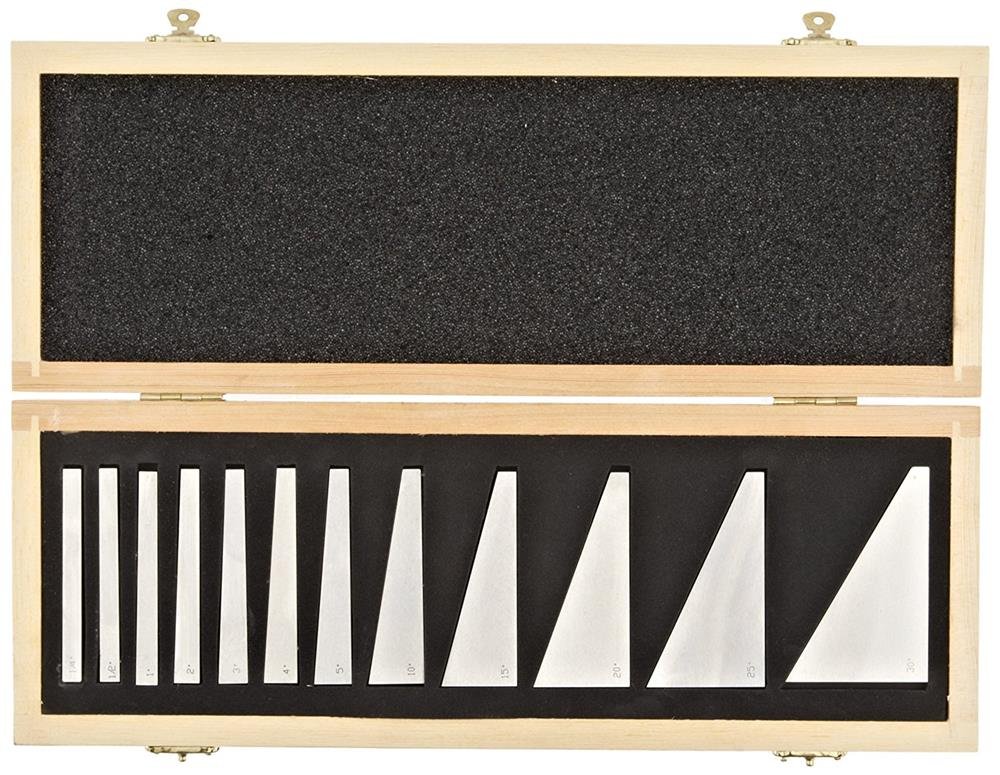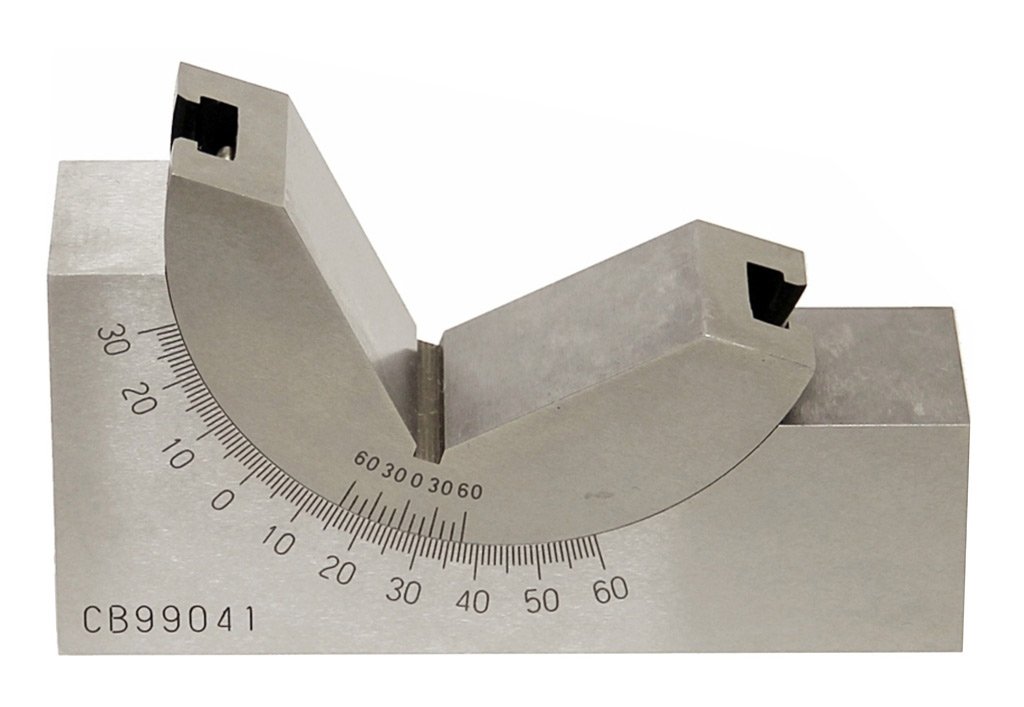-
1-2-3 machinist blocks are precision tools widely used in machining, metalworking, and fabrication for a variety of setup, alignment, and measurement tasks. Named for their standard dimensions—1 inch thick, 2 inches wide, and 3 inches long—they’re typically made of hardened steel, ground to tight tolerances (often within 0.0002" of square and flat), and feature a combination of threaded and unthreaded holes. Here’s what they’re used for:
Primary Uses of 1-2-3 Blocks
1. Workpiece Elevation (Parallels)
- Purpose: Lift a workpiece off a machine table or vise to provide clearance for cutting, drilling, or milling.
- Example: Raise a tube 3" off the table to drill through it without hitting the surface below.
2. Squaring and Alignment
- Purpose: Ensure a workpiece is perpendicular or parallel to a reference surface (e.g., a vise, table, or tool).
- Example: Align a piece of tubing square to a mill table before notching or welding.
3. Setting Precise Heights or Distances
- Purpose: Use their known dimensions (1", 2", or 3") as a quick, reliable spacer or stop for consistent positioning.
- Example: Set a 2" gap between a workpiece and a machine fence for repeatable cuts.
4. Building Fixtures or Jigs
- Purpose: Bolt blocks together or to a table using their holes to create custom setups for holding or guiding parts.
- Example: Form an L-shaped jig to hold a tube at a 45-degree angle for machining.
5. Measurement and Calibration
- Purpose: Act as a precision gauge to check dimensions, flatness, or tool zero points.
- Example: Verify a notched tube’s depth by comparing it to a block’s 1" edge with calipers.
6. Supporting or Stabilizing Parts
- Purpose: Prevent flexing or movement in thin or tall workpieces during machining.
- Example: Brace a thin-walled tube between two blocks in a vise to stop vibration while milling.






